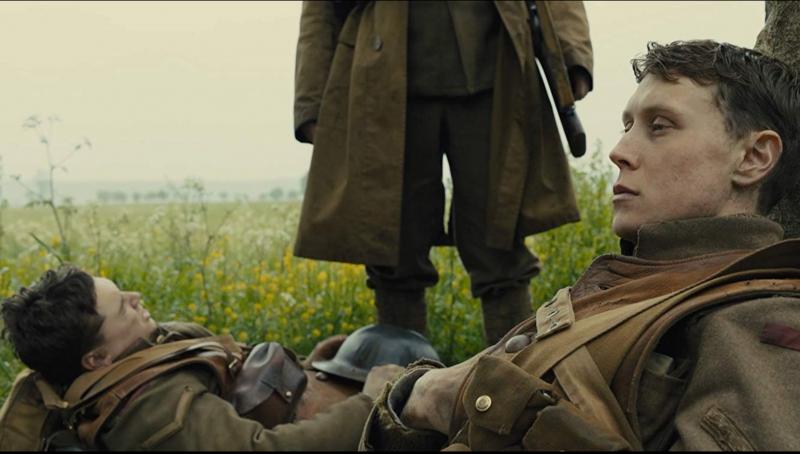Oftentimes, the less you know about the behind-the-camera magic of movies, the more it affords you the opportunity to be drawn into the film’s world. But a peek behind the curtain of “1917” can only deepen respect and appreciation for an already harrowing, staggering triumph.
Though it’s not heavily touted, “1917” was filmed to appear as if it was one singular long take. (It is actually several longer takes seamlessly stitched together.) Long takes are no new concept: Most recently, “Birdman” director Alejandro G. Iñárritu walked away with Oscars after its seemingly one-take format, but it, too, was several long shots pieced together through slick editing.
In 1948, Hitchock performed similar editing trickery with “Rope,” where camera cuts were made about every 10 minutes but joined for one fluid “take,” though his limitations were more due to the amount of film his cameras would hold at the time. Even the director of “1917,” Sam Mendes, used the long-take format in his James Bond entry “Skyfall.”
Here, Mendes reteams with esteemed cinematographer Roger Deakins for a film that lands viewers in the trenches, literally, following two young lance corporals who are sent on a Homeric mission to potentially save 1,600 soldiers during World War I.
The tale, crafted from stories told to Mendes by his grandfather, leads the men – and, by proxy, the audience – through hell on earth as we witness the realities of war unfurling directly in front of us.
We stand shoulder to shoulder with Schofield and Blake (played by George MacKay and Dean-Charles Chapman) as they weave across a mid-war obstacle course which includes a German-made tunnel, soldiers both British and German, and a shelled-out village with its remaining civilian inhabitants.
Throughout their odyssey, Deakins never loses sight of the tension, and Mendes, who also co-wrote the script along with Scottish screenwriter Krysty Wilson-Cairns, roots the film in poignant commentary throughout. Lead MacKay, who has been prodigiously churning out superior work in smaller films, is a compelling tour guide through the horrors, remaining wide-eyed and steadfast in his mission.
With Mendes’ choice to create the impression of a singular take, his mission becomes ours, and we become personally invested in its success or failure. The choice to present the film as such is bold and can be viewed as flashy showmanship. But the decision is to the benefit of the narrative and never overpowers it.
Technically, the film is a marvel, even if it is not truly one take, as the scenes are predominantly bathed in natural light, which makes editing the long takes a feat that no amount of digital trickery can easily mask.
“1917” is a film to be appreciated on as large a screen as possible to further fold you into its world. It’s impressively immersive that it serves its technical mastery with equal amounts of gritty realism and emotional heft.






















































